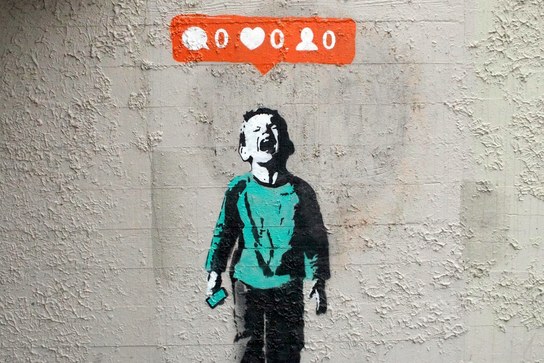The words “anxiety” and “depression” have a whole different meaning in 2016 than they did in 1936. Research shows that since the 1930s, the rate of mental health issues has not only increased with each American generation, but was defined differently back then compared to now. So, what are the reasons behind this? Why are college students more likely to be diagnosed with a mental illness today than they were 50 years ago?

GIF courtesy of giphy.com
The main reason why depression and anxiety are more prevalent today? A common belief is genetic causes, but studies have found this to be false. The number one contributing factor is dissatisfaction. Modern life sees higher divorce rates, smaller families, and couples getting married much later in life. Jean Twenge, social psychologist at San Diego State University, suggests that “potential tradeoff for our equality and freedom is more anxiety and depression because we’re more isolated.”
Another way to put it is that millennials are more hopeful to achieve personal autonomy, or self-government. Put simply, people in the olden days were more likely to find companionship with other individuals rather than stay independent, which shielded them from certain psychological problems.

Photo courtesy of pixabay.com
Studies from the Clinical Psychology Review demonstrate that large changes of depression over short periods of time attribute to the desires for extrinsic goals. Money, image, and fame is more extensively desired today than it ever has been. The pressure to be rich and famous pushes millennials into a shadow of a number of mental illnesses.
Privileges of social networking being abused is also a huge issue in today’s society. Researchers at the University of Michigan studied social media users over a two week period, and discovered that those who consistently Facebooked, Tweeted, and Instagramed were more likely to experience negativity in day-to-day experiences and overall dissatisfaction in their lives. The ambition for “likes” seems to be a dangerous self-evaluation tool for our generation, and only feeds the pressure to be perfect.

Photo courtesy of teenvogue.com
Don’t worry guys, there’s good news here. Results in mental illness with college students seem to have plateaued since the ’90s. Likely causes are probably because of decreases different factors such as crime rates and teen pregnancies. Also, it is believed that today there is more freedom for individuals to express themselves without being judged by society. Being yo’self = happiness.
If there’s anything I want you to take away from this article, it’s to 1) be nice to everyone, because someone may be fighting battles you don’t know about and 2) do what makes you happy.
If you think that you or a friend are experiencing behavior or thoughts consistent with mental illness, check out this website for resources and don’t be afraid to ask for help.


